ROM is non-volatile memory.
ROM is a storage of programs and data supplied by the manufacturers to operate the computer.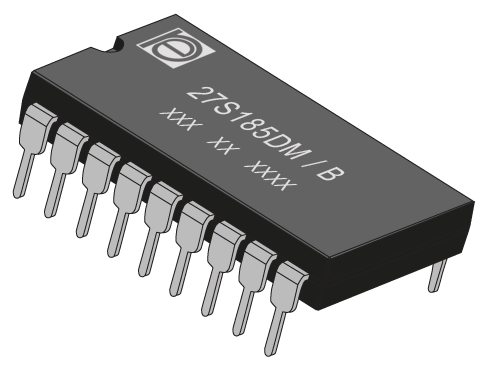
The ROM can only be read by the CPU but its data cannot be changed.
BIOS: The basic input/output program is stored in the ROM that examines and initializes various equipment attached to the PC when the power switch is ON. 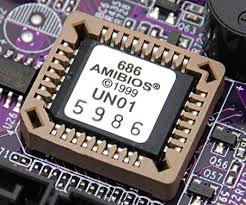
PROM: Programmable Read Only Memory (PROM). It is nor possible to modify or erase programs stored in ROM, but it is possible for you to store your program in PROM chip. Once the programmers’ are written it cannot be changed and remain intact even if power is switched off.
BIOS:
Basic Input/ Output System BIOS is usually the first program be activated when you start up your computer.
It is a temporary program that controls the computer from the time it powers on to the time the operating system takes over.
It provides control of disc drives, video cards, sound cards, network cards, USB ports as well as hard drives.
It is on ROM, so it cannot store variable data.
CMOS:
Complementary Metal Oxide Semiconductor, is the place where BIOS stores its system configuration, order, date, time, etc.
CMOS help to store variable data like time, and date for device startups, and it can also help you enable or disable hardware drives like previously stated USB and hard drive. It can store all the particular parameters.
CMOS is powered by a battery
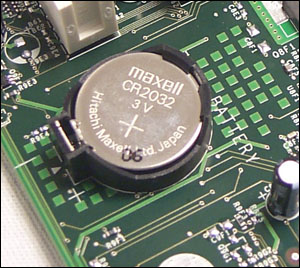
EPROM: This stands for Erasable Programmable Read Only Memory, which overcome the problem of PROM & ROM. EPROM chip can be programmed time and again by erasing the information stored earlier in it. Information stored in EPROM exposing the chip for some time ultraviolet light and it erases chip is reprogrammed using a special programming facility. When the EPROM is in use information can only be read.
Arduino Boards use ATmega328P EPROM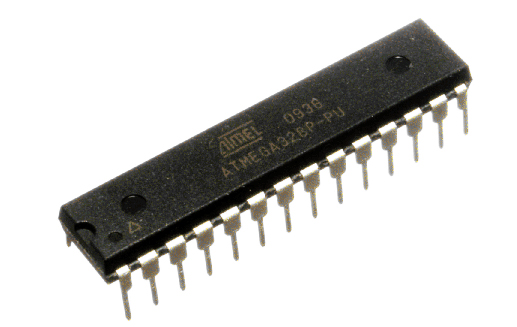
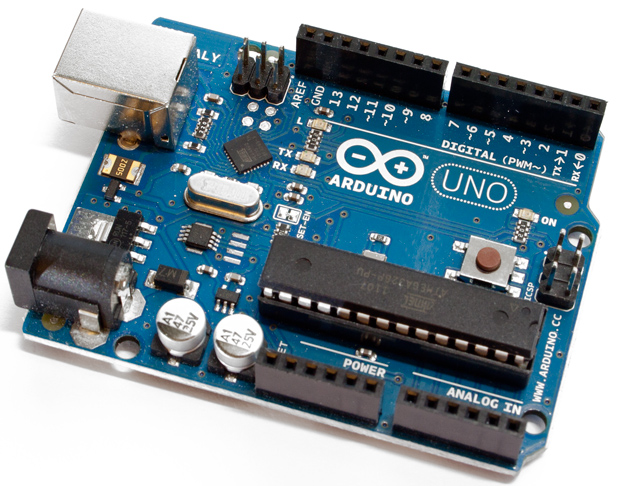
 ශිල්ප 64
ශිල්ප 64